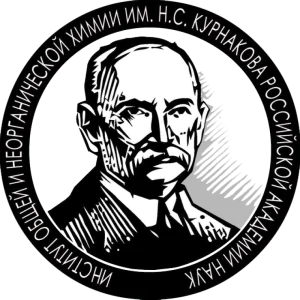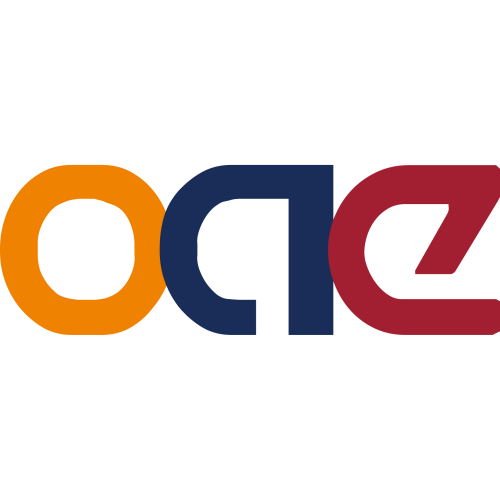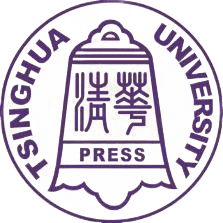Strategies to enhance Li+ transference number in liquid electrolytes for better lithium batteries
Publication type: Journal Article
Publication date: 2022-09-27
scimago Q1
wos Q1
SJR: 2.367
CiteScore: 17.1
Impact factor: 9.0
ISSN: 19980124, 19980000
Atomic and Molecular Physics, and Optics
Condensed Matter Physics
General Materials Science
Electrical and Electronic Engineering
Abstract
Growing market demand from portable electronics to electric automobiles boosts the development of lithium-ion batteries (LIBs) with high energy density and rate performance. However, strong solvation effect between lithium ions (Li+) and solvent molecules in common electrolytes limits the mobility of Li+ ions in electrolytes. Consequently, anions dominate the charge conduction in electrolytes, and in most cases, the value of Li+ transference number (T+) is between 0.2 and 0.4. A low T+ will aggravate concentration polarization in the process of charging and discharging, especially at high rate, which not only increases the overpotential but also intensifies side reactions, along with uneven deposition of lithium (Li) and the growth of lithium dendrites when lithium metal is used as anode. In this review, promising strategies to improve T+ in liquid electrolytes would be summarized. The migration of Li+ ions is affected directly by the types and concentration of lithium salts, solvents, and additives in bulk electrolytes. Besides, Li+ ions will pass through the separator and solid electrolyte interphase (SEI) when transferring between anodes and cathodes. With this in mind, we will classify and summarize threads of enhancing T+ from five aspects: lithium salts, solvents, additives, separators, and SEI based on different mechanisms, including covalently bonding, desolvation effect, Lewis acid-base interaction, electrostatic interaction, pore sieving, and supramolecular interaction. We believe this review will present a systematic understanding and summary on T+ and point out some feasible threads to enhance battery performance by enhancing T+.
Found
Nothing found, try to update filter.
Found
Nothing found, try to update filter.
Top-30
Journals
|
1
2
3
4
5
6
7
|
|
|
Chemical Engineering Journal
7 publications, 6.48%
|
|
|
Advanced Functional Materials
7 publications, 6.48%
|
|
|
Journal of Power Sources
6 publications, 5.56%
|
|
|
Energy Storage Materials
5 publications, 4.63%
|
|
|
Energy and Environmental Science
4 publications, 3.7%
|
|
|
Journal of Energy Storage
4 publications, 3.7%
|
|
|
Journal of Materials Chemistry A
4 publications, 3.7%
|
|
|
ACS Applied Energy Materials
4 publications, 3.7%
|
|
|
Small
4 publications, 3.7%
|
|
|
Advanced Energy Materials
4 publications, 3.7%
|
|
|
ACS applied materials & interfaces
3 publications, 2.78%
|
|
|
Journal of Energy Chemistry
3 publications, 2.78%
|
|
|
Angewandte Chemie
3 publications, 2.78%
|
|
|
Angewandte Chemie - International Edition
3 publications, 2.78%
|
|
|
Science China Chemistry
2 publications, 1.85%
|
|
|
Batteries & Supercaps
2 publications, 1.85%
|
|
|
Carbon Energy
2 publications, 1.85%
|
|
|
Nano Research
2 publications, 1.85%
|
|
|
Chinese Chemical Letters
2 publications, 1.85%
|
|
|
Journal of Membrane Science
2 publications, 1.85%
|
|
|
Ionics
1 publication, 0.93%
|
|
|
ACS Nano
1 publication, 0.93%
|
|
|
ACS Energy Letters
1 publication, 0.93%
|
|
|
Colloids and Surfaces A: Physicochemical and Engineering Aspects
1 publication, 0.93%
|
|
|
Materials Today Energy
1 publication, 0.93%
|
|
|
Journal of Alloys and Compounds
1 publication, 0.93%
|
|
|
Journal of the American Chemical Society
1 publication, 0.93%
|
|
|
Journal of Physics Materials
1 publication, 0.93%
|
|
|
Dalton Transactions
1 publication, 0.93%
|
|
|
Chemical Society Reviews
1 publication, 0.93%
|
|
|
1
2
3
4
5
6
7
|
Publishers
|
5
10
15
20
25
30
35
40
|
|
|
Elsevier
37 publications, 34.26%
|
|
|
Wiley
31 publications, 28.7%
|
|
|
American Chemical Society (ACS)
14 publications, 12.96%
|
|
|
Royal Society of Chemistry (RSC)
13 publications, 12.04%
|
|
|
Springer Nature
5 publications, 4.63%
|
|
|
MDPI
3 publications, 2.78%
|
|
|
IOP Publishing
1 publication, 0.93%
|
|
|
OAE Publishing Inc.
1 publication, 0.93%
|
|
|
Autonomous Non-profit Organization Editorial Board of the journal Uspekhi Khimii
1 publication, 0.93%
|
|
|
Tsinghua University Press
1 publication, 0.93%
|
|
|
Allerton Press
1 publication, 0.93%
|
|
|
5
10
15
20
25
30
35
40
|
- We do not take into account publications without a DOI.
- Statistics recalculated weekly.
Are you a researcher?
Create a profile to get free access to personal recommendations for colleagues and new articles.
Metrics
109
Total citations:
109
Citations from 2024:
97
(89.81%)
Cite this
GOST |
RIS |
BibTex
Cite this
GOST
Copy
Zhou P. et al. Strategies to enhance Li+ transference number in liquid electrolytes for better lithium batteries // Nano Research. 2022.
GOST all authors (up to 50)
Copy
Zhou P., Zhang X., XIANG Y., Liu K. Strategies to enhance Li+ transference number in liquid electrolytes for better lithium batteries // Nano Research. 2022.
Cite this
RIS
Copy
TY - JOUR
DO - 10.1007/s12274-022-4833-1
UR - https://doi.org/10.1007/s12274-022-4833-1
TI - Strategies to enhance Li+ transference number in liquid electrolytes for better lithium batteries
T2 - Nano Research
AU - Zhou, Pan
AU - Zhang, Xiaokun
AU - XIANG, YONG
AU - Liu, Kai
PY - 2022
DA - 2022/09/27
PB - Springer Nature
SN - 1998-0124
SN - 1998-0000
ER -
Cite this
BibTex (up to 50 authors)
Copy
@article{2022_Zhou,
author = {Pan Zhou and Xiaokun Zhang and YONG XIANG and Kai Liu},
title = {Strategies to enhance Li+ transference number in liquid electrolytes for better lithium batteries},
journal = {Nano Research},
year = {2022},
publisher = {Springer Nature},
month = {sep},
url = {https://doi.org/10.1007/s12274-022-4833-1},
doi = {10.1007/s12274-022-4833-1}
}












